(Périgueux 1851 - 1936)
The Rock of Campniac
Oil on panel
H. 27 cm; W. 41 cm
Signed and dated 1904 lower right. Located on the back.
Provenance: Private collection, Périgueux. Given by the artist to one of his cousins.
Jean-Georges Pasquet was born in 1851, in Périgueux. After a childhood in the Périgord, which is very little documented, the young artist arrived in Paris and joined the École des Beaux-Arts, where he graduated a few years later. He returned to his lands in 1879 to take over the direction of the Municipal Drawing School of Périgueux, and also became a drawing teacher at the Boys' and Girls' Teacher Training Colleges. A student of Gustave Boulanger, Jules Lefèvre and Jean-Joseph Benjamin-Constant, the painter set up his easel on the banks of the Dordogne or the Isle to "tell a few memories" through realistic landscapes filled with gentleness. Through his style, the painter lets his compatriots see a great idea of his country and his origins. We find works stripped of artifice, representing inhabitants of the region, working their land or simply strolling along paths. These paintings or drawings by Pasquet retrace the life of Périgord at the dawn and during the 20th century, always situated in very specific places. He is one of the artists of the School of Périgueux. This school, somewhat forgotten in the history of art, highlights the heritage and identity of the Périgord lands. Among the representatives are Jean-Louis Daniel, André Saigne, Georges Darnet, René Laforest, Roger Favard and André Prugent. This movement has as a common denominator a theme that stands out from the canons of the time: the landscape. "It is a school without a leader and without a dominant style, but which worked with extraordinary enthusiasm. They liked to tackle pieces of nature that we call here picadis." Jean-Michel Linfort
This panel by Pasquet, always in his very luminous compositions where vegetation is queen, takes us slightly away from it, without taking us beyond the borders of the banks of the Isle. Indeed, the Roc de Campniac is located near the Maladrerie, in the area of the mouth of the Périgueux Canal. The light coming through from behind this rocky protuberance takes us to the heart of the work. The silhouettes give scale and bring to life this place, which is often unknown to the people of Périgord and even to the people of Périgord.




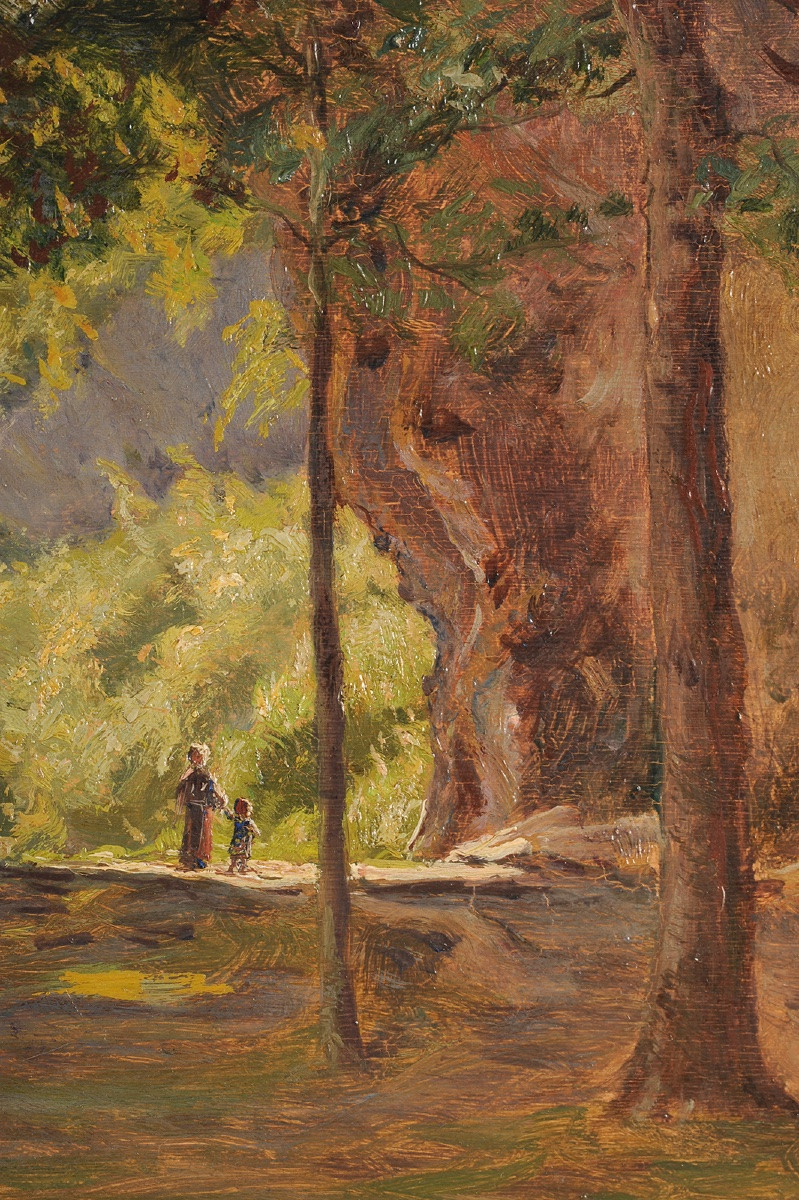

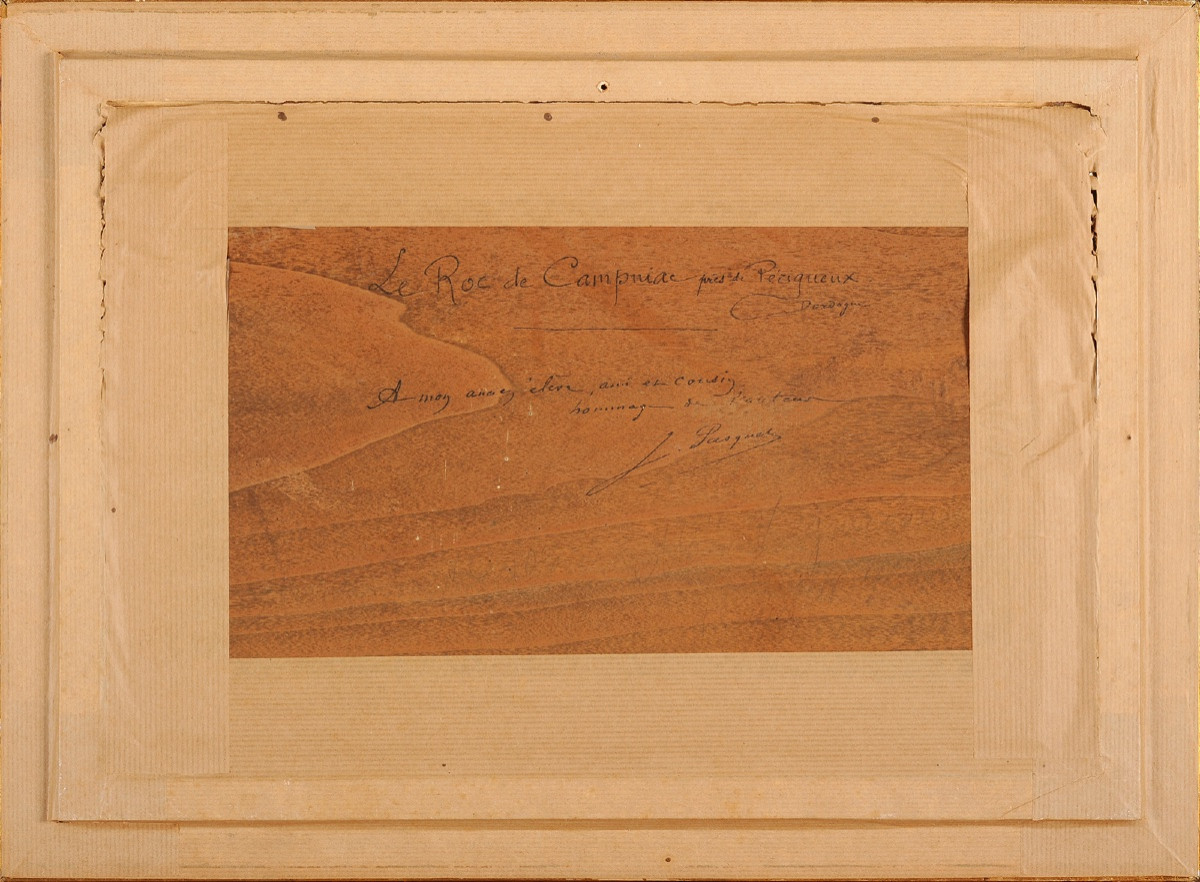
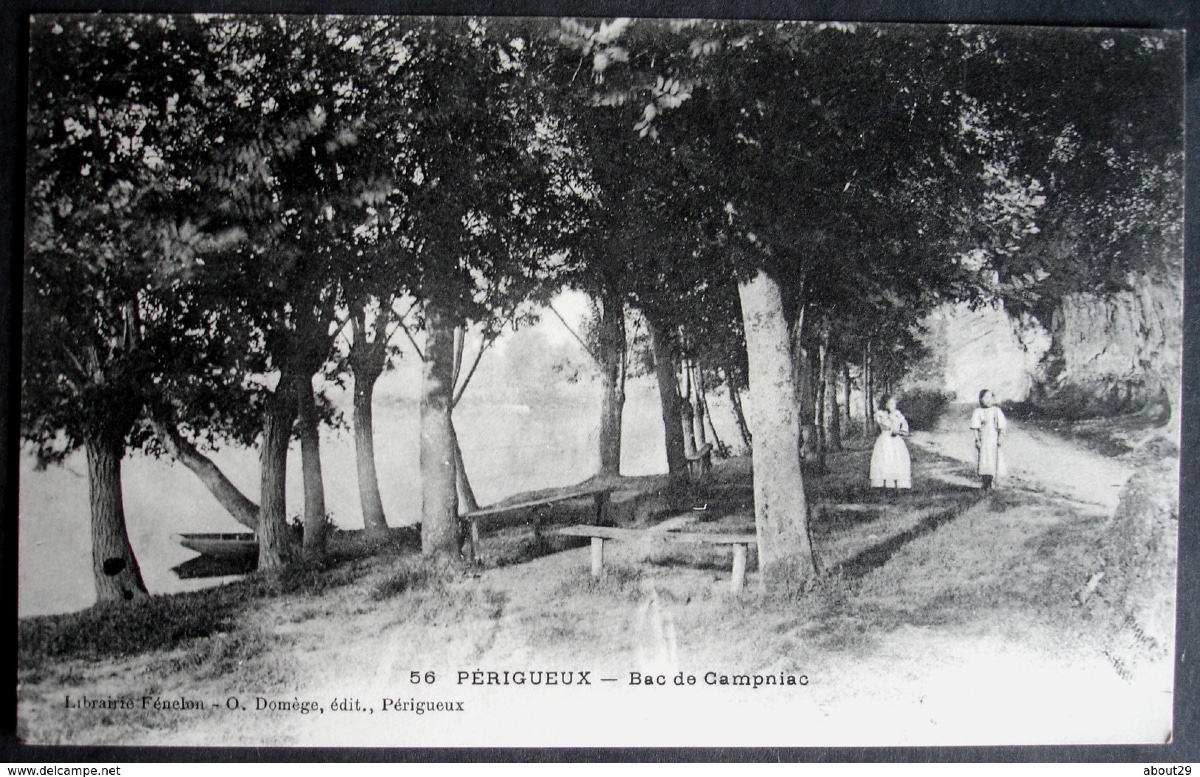
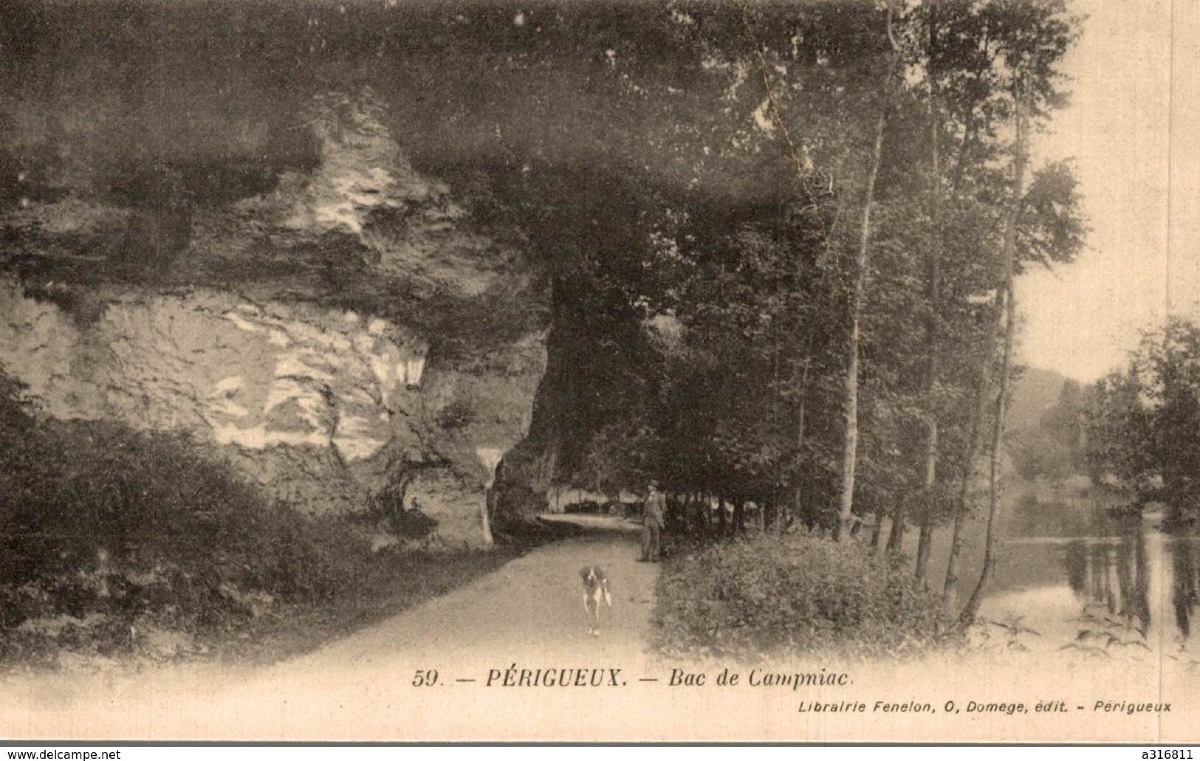








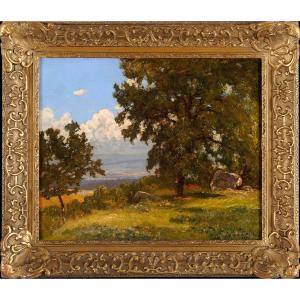
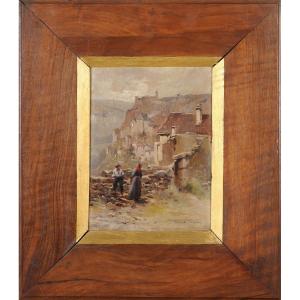




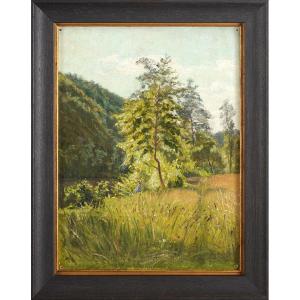


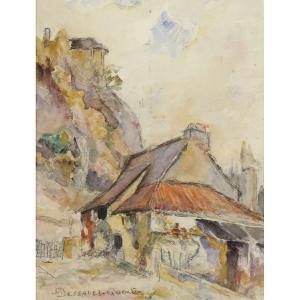



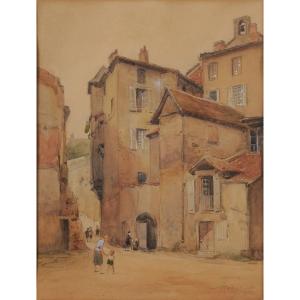








 Le Magazine de PROANTIC
Le Magazine de PROANTIC TRÉSORS Magazine
TRÉSORS Magazine Rivista Artiquariato
Rivista Artiquariato